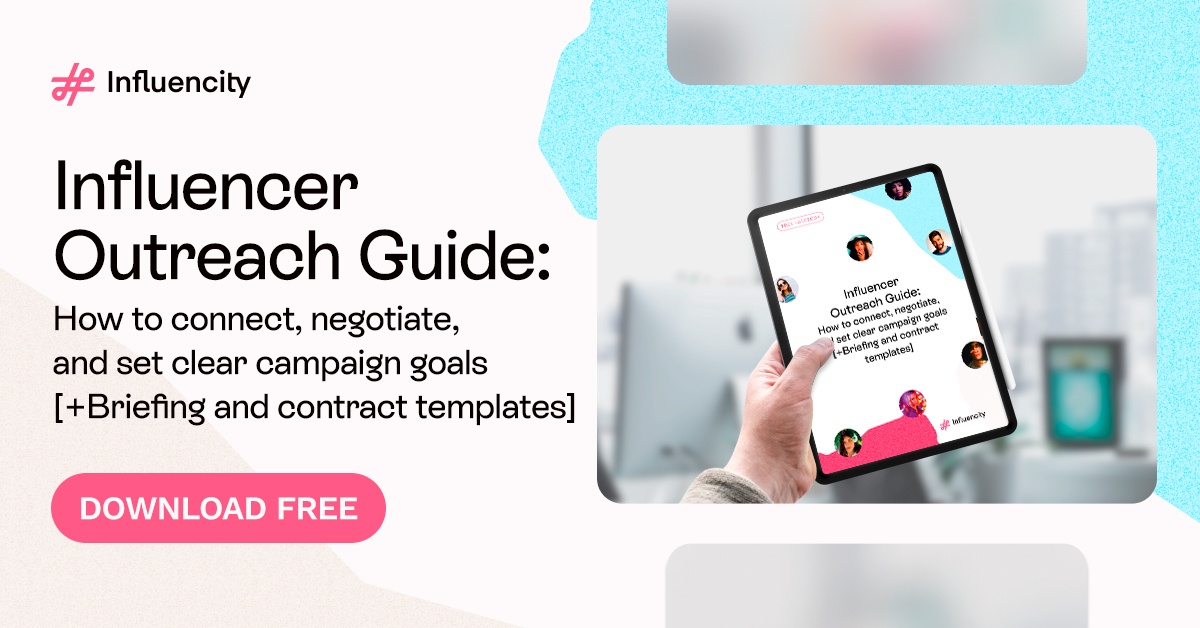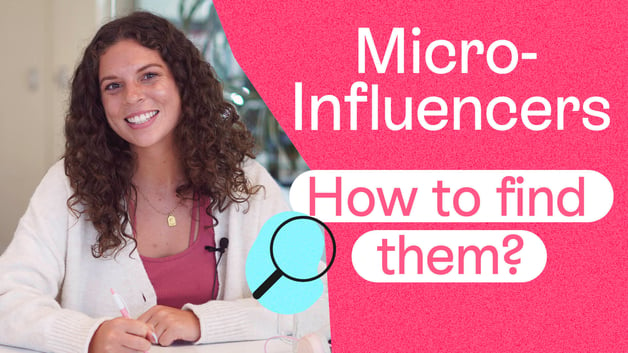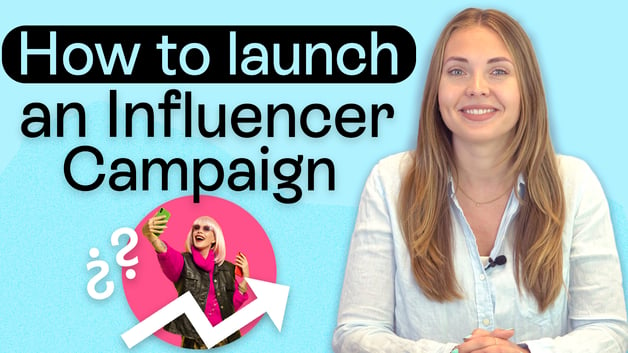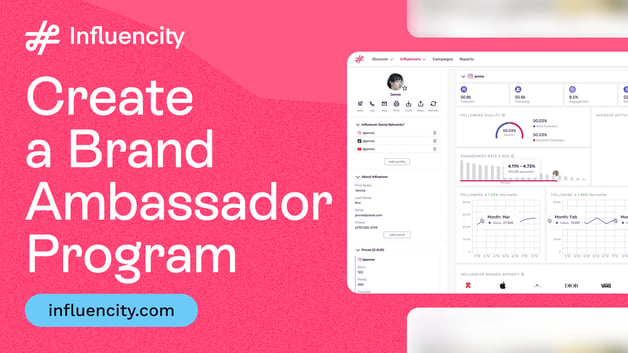How to Check for Fake Followers on Instagram: 6 Ways to Spot Them
Collaborating with fake influencers can have a detrimental effect on your brand. For one thing, the money you invest in them is likely to be wasted. But even more damaging is the long-term impact working with fake influencers can have on consumer trust in your brand. That’s why it’s so important to check for fake followers on Instagram before you decide to partner with an influencer.
In this guide, we will discuss what fake influencers are, how you can spot them, and how to check for fake followers on Instagram so that you can be sure that the influencer you work with is real and has an authentic audience.
Highlights of the post:
- Understanding Fake Influencers:Explanation of how fake influencers inflate their follower counts.
- Six Ways to Spot Fake Followers: Analyze engagement, look for unusual follower-to-engagement ratios, verify audience quality, checkout follower profiles, monitor how quickly followers increase and review the consistency of follower interactions.
- Practical Steps for Verification: Using the right tools and technology.
If you want to ensure your influencer marketing investments yield genuine engagement and results and protect your brand from the pitfalls of fake influencers this article is perfect for you!
What are Fake Followers on Instagram?
Fake influencers on Instagram are individuals who have created a falsely inflated following count to make them seem more popular than they really are. They can do this in a number of ways.
Some Instagram influencers use bots and dummy accounts to increase their audience size instead of organically growing an authentic following. Others buy likes and comments to make it seem like they have a higher engagement rate on the platform than they really do. By doing this, they can trick brands into believing that they are more influential in order to negotiate paid partnerships.
Working with influencers and failing to check for fake followers on Instagram can have a number of damaging effects on your brand. For one thing, although they might appear to have a large following, in reality, fake influencer campaigns are very unlikely to generate any worthwhile engagement as many of their followers aren’t real. And this means that they don’t have the power to influence your target audience and sway them towards your brand.
Secondly, if your target audience suspects that your Instagram campaigns are linked to influencer fraud, then your brand is likely to lose trust and credibility over time. And this can have a negative impact on your reputation. Not to mention all the money you will waste by collaborating with an Instagram influencer who can’t deliver on their promise.
6 Ways to Check for Fake Followers on Instagram
Let’s take a look at a few clues to spot potential influencer scams, check for fake followers on Instagram and avoid damaging your business. That way, the money you spend on influencer marketing will be well invested.
Analyze Influencer Engagement
One of the biggest clues that someone might be a fake influencer is their engagement rate. When you check for fake followers on Instagram, take a look through an influencer’s posts to see whether the number of likes, comments, and shares they receive matches up with their number of followers.
If an influencer has a large audience but their followers rarely interact with their posts (or they only post generic comments and emojis), then it could suggest that most of their followers are bots or fake accounts. However, this method isn’t foolproof as some influencers might buy fake engagements or participate in engagement pods to falsely inflate their metrics.
Look for Unusual Follower-to-Engagement Ratios
Another common theme with fake Instagram influencers is having unusual follower-to-engagement ratios. Aside from the suspicious imbalance between an influencer’s audience size and the number of interactions they receive on their posts that we just discussed, this can also manifest itself in excessively high engagement rates, or in low-quality false engagement. Or you might spot consistently identical engagement rates when you check for fake followers on Instagram that might suggest that a social media content creator is buying fake engagements. All these are clear signs of fake influencers.
Verify Audience Quality
The third important step you need to take when you check for fake followers on Instagram is verifying the quality of an influencer’s audience. You can do this by manually checking a selection of followers listed on their profile.
What kinds of people follow them? What are their interests? How many other profiles are they following? Do they interact frequently with a range of profiles? Could they be ghost accounts, bots, or fake profiles?
Check Out Follower Profiles
The next thing to do when you check for fake followers on Instagram is to take a deep dive into the profiles of an influencer’s followers. Genuine accounts usually have a normal mix of photos, followers and people they follow. They interact with others through likes and comments in a way that seems real.
On the other hand, fake profiles might not have many posts or could have an unrealistic number of followers compared to how many people they follow. You might also notice that their posts don’t get many comments or likes, or the comments are repetitive and vague, like emojis or generic phrases. This type of scrutiny helps you see if the influencer’s audience is likely to be real or made up of bots and fake accounts.
Monitor How Quickly Followers Increase
Keep an eye on how fast an influencer's follower count grows. If you see a sudden jump in followers without any clear reason, like a viral video or a big promotion, it might mean the followers were bought. Real follower growth usually happens more gradually and not overnight.
Using tools that track follower growth over time when you check for fake followers on Instagram can help you see these spikes and decide if they seem suspicious or if they're due to the influencer genuinely getting more popular.
Review the Consistency of Follower Interactions
Finally, look at how followers interact with the influencer’s posts over time. Authentic engagement usually varies from post to post (regardless of the type of influencer), reflecting the changing interests and responses of real people. If you notice that the number and type of interactions (likes, comments) are unusually consistent across many posts, or if the sentiment of comments does not match the content of the posts, this might indicate that the interactions are not genuine. Variability in engagement is natural; overly consistent patterns may suggest manufactured interactions.
What’s the Solution?
The most effective way to check for fake followers on Instagram is by using the right tools and technology during the influencer recruitment process.
For example, Influencity's follower quality feature can help you analyze the authenticity of an influencer’s audience so that you can determine if any of their followers are fake. That way, you can filter out accounts with falsely inflated audiences and collaborate with an influencer with a genuine audience that will interact and engage with your brand.
So, how does Influencity do this?
Essentially, the platform calculates the quality of an influencer’s audience by analyzing a number of factors. This includes an influencer’s engagement rate, follower activities, and how much their audience interacts with their campaigns. It then divides an influencer’s followers into two categories: Nice Followers and Doubtful Followers. Doubtful followers tend to be accounts that are either inactive or bots.
Influencity’s audience quality feature also uses natural language processing and image recognition technology to help you check for fake followers on Instagram and identify fake accounts.
For example, AI software can flag suspicious comments on an influencer's profile. This might include repetitive and spammy comments left by similar profiles which might suggest that a follower is actually a bot. And image recognition technology can scan for patterns and identify suspicious accounts. These might be accounts without profile pictures, or those with the exact same photo uploaded across different accounts. You can then remove these fake influencers from your list of potential candidates and redirect your focus to those influencers who can have a positive impact on your brand.
Tags:























%20and%20How%20Can%20They%20Benefit%20Your%20Brand%20article.jpg?length=628&name=What%20Are%20Key%20Opinion%20Leaders%20(KOL)%20and%20How%20Can%20They%20Benefit%20Your%20Brand%20article.jpg)








